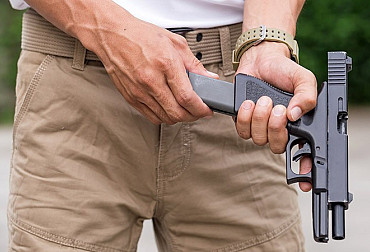Biometrics: a new capability for the Military Police
One of the new capabilities the Military Police (MP) has acquired is the ability to collect, store and share biometric data. Biometrics is the science of measuring and analyzing physiological or behavioral characteristics of living beings, such as fingerprints, iris, face or voice. These characteristics are unique to each person and can be used to identify or verify them.
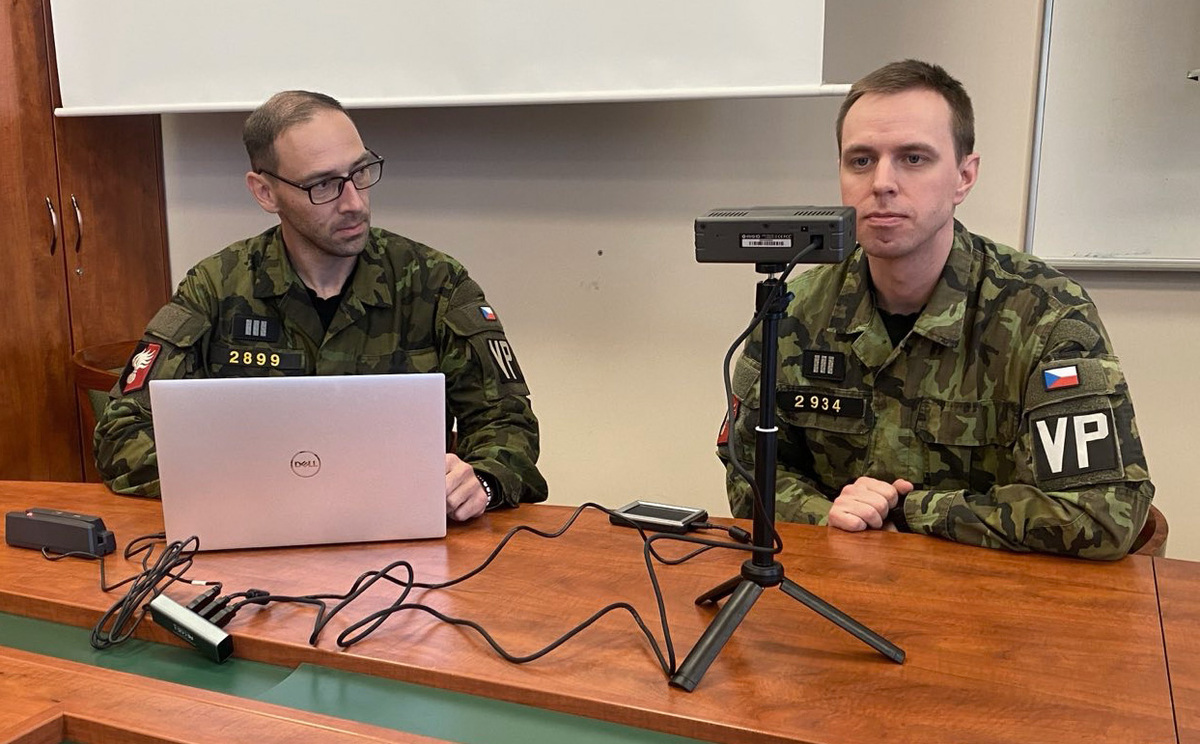
The North Atlantic Alliance started to deal with biometrics capability more intensively in 2012. The Czech Republic (the Czech Republic) actively joined this initiative by committing to build the capability in the Ministry of Defence, adopting the relevant construction objective in the framework of the National Set 2013, based on the NATO Defence Planning Process (NDPP). The responsibility for the construction of the capability in the Ministry of Defence was delegated to the Military Police.
Since 2013, representatives of the MP have been regularly participating in the NATO Biometrics Development Working Group, whose mission is to coordinate the efforts of allied partners in building this capability, as well as to develop the necessary joint allied standardisation agreements. In addition, since 2015, the MP has begun regular training under the US Mil2Mil program, with rapid personal identification devices on loan from U.S. European Command (USEUCOM).
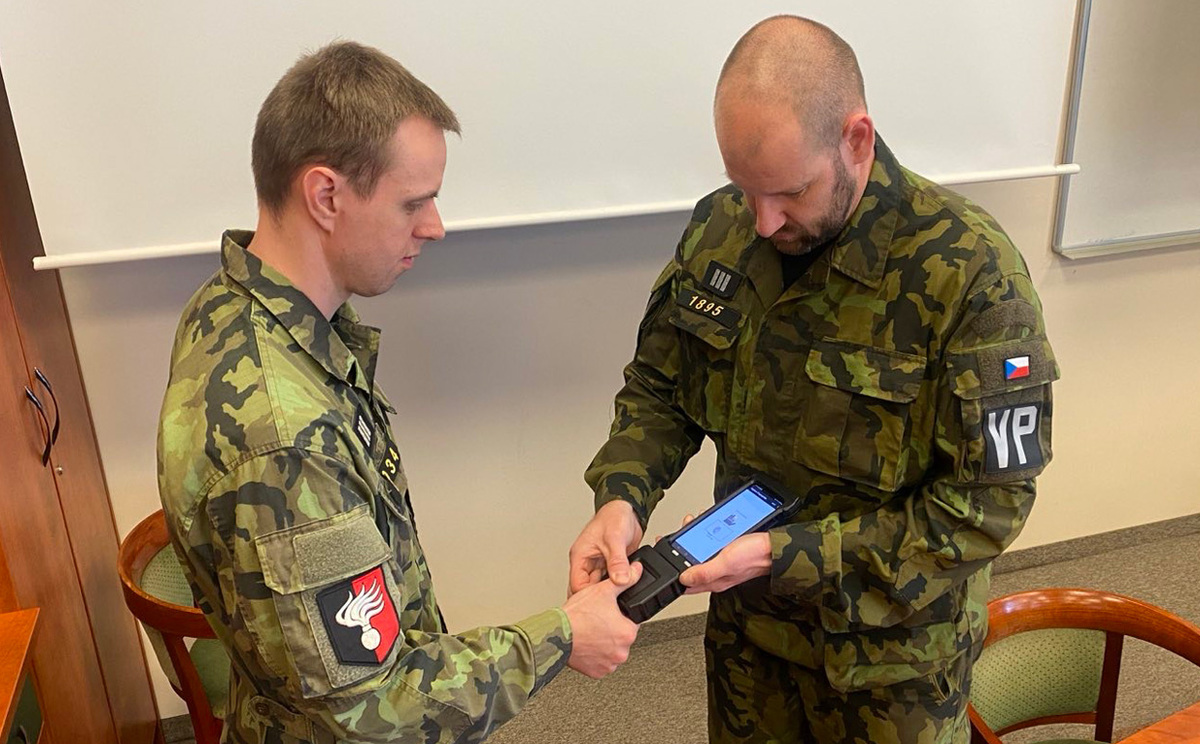
Since 2017, the MP has started preparing the acquisition process to procure an architecture for the collection, storage, analysis and sharing of biometric data (architecture) for deployment in foreign operations. In parallel, it has also started preparations for the adaptation of the legislative environment, the creation of the necessary structures and conditions for the operation of the architecture. After the analysis, the method of acquisition through government-to-government purchase (FMS, Foreign Military Sales) was chosen for the purchase of the architecture, where an American company was chosen as the supplier, meeting both the standards for civilian security forces and NATO standards, which the Czech Republic has acceded to and implemented in an appropriate form.
The acquisition process was delayed due to the covid pandemic, so the architecture was not delivered until late last year. At the beginning of this year, the MP started the process of taking over and integrating the architecture, together with training of trainers, in order to use the biometric devices as effectively as possible. The special training included both theoretical and practical sessions, where participants learned about the principles of biometrics, the functions and operation of the devices, how to collect and process biometric data and how to share it with other entities. The training was completed by instructor level officers who are now able to train other individuals.
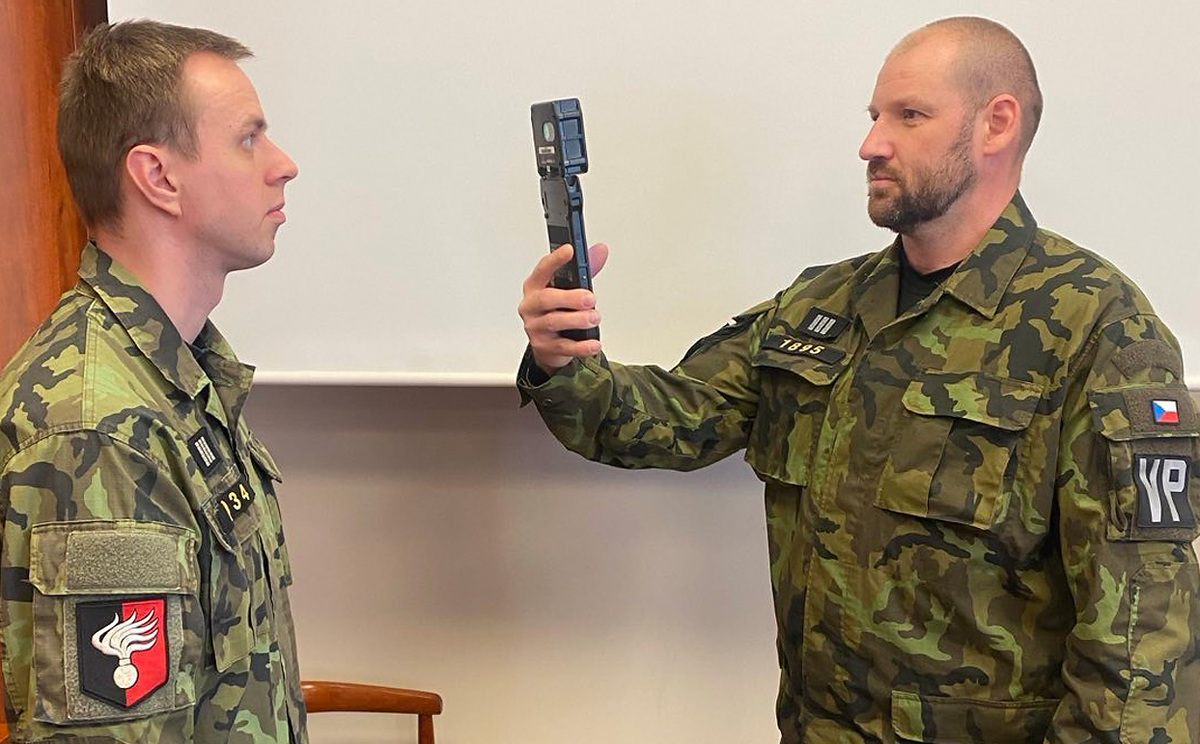
The military police are currently capable of recording three modalities in the field of biometrics: fingerprints, iris scan and biometric facial photo. These modalities are suitable for different situations and purposes. For example, fingerprints are easy to collect and have a high match rate, iris scan is very accurate and tamper-resistant, and biometric facial photo is suitable for remote or crowd identification.
Biometrics are a valuable tool for the MP to enhance its ability to perform its mission and strengthen its position within the Alliance.
In March this year, discussions were initiated to deploy a biometric capability in the context of Operation Joint Enterprise - KFOR on the territory of the Republic of Kosovo. The MP has the ambition to deploy several mobile devices for rapid identification of persons for the benefit of the Multinational Military Police (MNMP), to which it is currently contributing forces and assets. In the future, the MP intends to offer the capability to other components of the Armed Forces of the Czech Republic, deploy the capability in more foreign operations, and expand cooperation in this area with other Czech security forces and foreign partners.
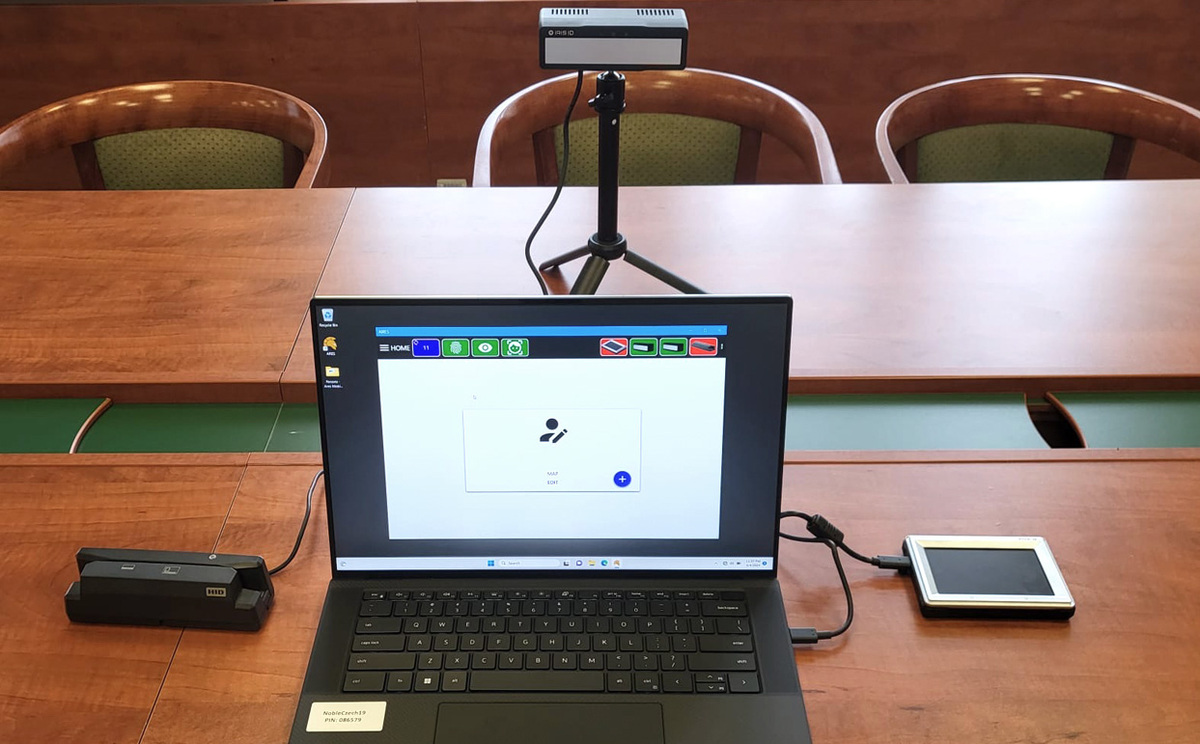
We asked Colonel Igor Szabó the following questions about the new capability of the Military Police:
Fingerprint, iris - these are probably the most well-known biometric elements used for identification. Which other biometric authentication methods already exist or are being considered for deployment?
Other modalities used include, for example, palm print, voice, signature or DNA. The MP uses fingerprints, facial and iris scans, but is considering other modalities to be used jointly by alliance partners in the future.
Is it possible to use biometric authentication in situations other than those commonly known today (e.g., when conducting combat operations to identify friend-enemies, etc.)?
It can be used, for example, when receiving people into detention camps, controlling access to important facilities or collecting forensic evidence in the field.
Passwords or numeric codes can be easily changed in the event of a "breach". However, the biometric data is unique for each person, i.e. unchangeable. If this data is leaked and potentially misused, is there then no risk that the person in question will have to be permanently removed from the system or have to undergo some kind of secondary authentication?
In none of the current systems can the leakage of sensitive data be completely excluded. However, measures can be taken to minimise the risk, and that is what we are trying to do.
How is protection against possible misuse of biometric data in the framework of "online" identification of persons ensured so as to prevent, for example, illegal tracking of selected persons, etc.?
Data is protected using all available and effective features at hardware, software and all data paths. In addition, strict rules are set for handling, operation, maintenance and storage.
Just as the technology of authentication is constantly advancing, so too is the technology of abuse. To what extent can authentication be circumvented today, e.g. by means of fake fingerprints, etc.?
With the current capabilities of 3D printing and other modern technologies, bypassing verification is possible, although costly. However, there is always a live operator visually inspecting the subject and the sensors when the device is being manipulated for both biometric data acquisition and verification, and the verification process uses a combination of all three modalities whenever possible.
















